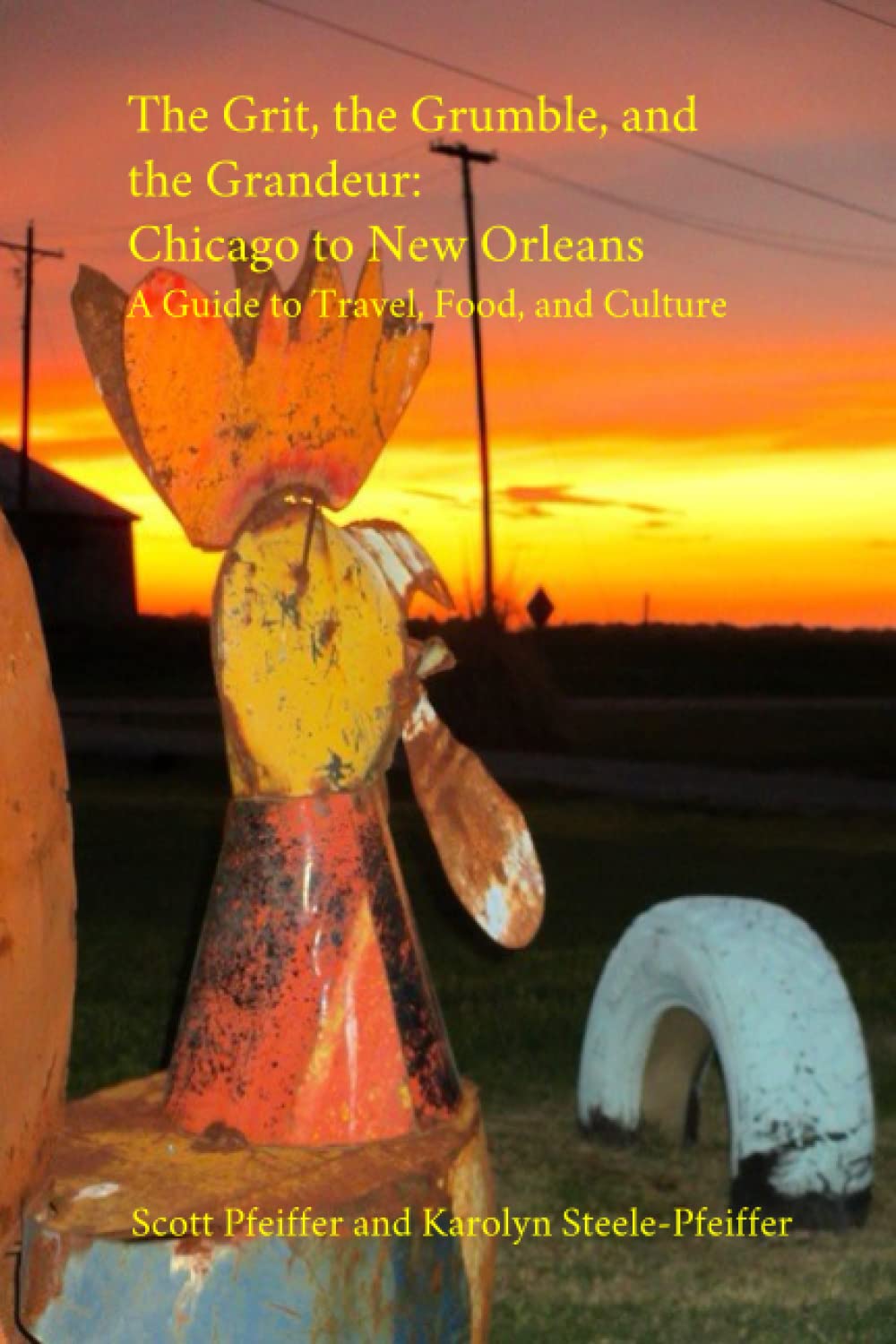Deliver Us From Nowhere
 Monday, May 21, 2012 at 11:49AM
Monday, May 21, 2012 at 11:49AM This play is a haunted "album" of one-acts that brilliantly and originally adapts each song on Bruce Springsteen's 1980 "Nebraska" album, in the same sequence as on the album. If you know the album, these stories already haunt your consciousness. They take place on lonely, dark, deserted stretches of road: a "nowhere." The people in the songs seem to exist in a void. They're full of dread as they hurtle down the highway, fleeing their demons, with only the glow of the dashboard light to keep darkness from swallowing them up.
The "Nebraska" record is so cinematic; it creates movies in your head. And now they're created plays in the heads of these playwrights. These plays play with the songs, coming at them at oblique angles. The effect is to cross "Nebraska" with David Lynch and "The Twilight Zone." It's a fascinating example example of the creative process: taking the art that inspires you and making your own thing out of it.
Bob Fisher's "Johnny 99" imagines what would happen if Johnny and his frantic, unstable girlfriend kidnapped Mean Judge Brown, who sentenced him to "99 and a day." Johnny's in the pokey, cajoling his girl via cell phone to exact revenge. It's comic where the original was chilling, Springsteen via "Creepshow" or Tarantino. The judge's voice is unforgetable, resounding through the small space. The actor who played Johnny gave my favorite performance.
"Everything dies, baby that's a fact/But maybe everything that dies, someday comes back." Bruce's line was inspired by the movie "Atlantic City." So here we have a movie inspiring a song which inspired a play. Thus, the creative process. A man crouches over a corpse in a black cocktail dress while a woman in her underwear sits far away. It's a mix of memory and reverie, vision and dream. And horror--the woman looks like a zombie. The zombie woman strips to her underwear, the woman in her underwear slips into the cocktail dress. They're the same woman, and yet they're not.
In a moving "Mansion On The Hill," a man quietly remembers his mother, his sister and his father by removing their clothing from a suitcase he carries and hanging them on a clothesline. He tells the audience their story directly.
In "Used Cars," a family drives. The car is full of pent-up emotions. In the backseat are two children, a boy who plays with a teenage Ninja turtle and his sister in a tutu. There's a twist ending.
I think I'll always think of Dennis Fraymire now as Frank, the bad brother in "Highway Patrolman." When the lights go out, the two brothers use flashlights in their standoff the way people use pistols in John Woo movies.
"Open All Night" takes place in the kind of diner where you can come in, but you might never leave. Three wisecracking waitresses, a cook, and a boss exist in a kind of a purgatory, where a murderous ritual is reenacted over and over. Times and space are suspended here, a very good evocation of the mood of the album.
In "Nebraska," a woman in a Midwestern kitchen tells her absent husband the story of their killing spree together, on the day of his execution.
The sound design is atmospheric and the lighting downright creepy: the sound of crickets evokes loneliness. Lights cut out, or else hit faces at spooky, cinematic angles. There's an intensity to the fact that the actors are there with you in this small space, very close indeed sometimes.


Reader Comments